No one wants to think about getting into a car accident, but they’re more common than most people realize.
There are more than 6 million car accidents in the United States every year, resulting in 3 million injuries annually and more than 90 deaths every day. That might seem like a small portion of the population when you consider the 330 million people who call the U.S. home. However, it means that your chances of getting into a crash are higher than you might think.
Portable Device Generator – Learn How To Build Your Own Energy Generator!
What can you do to increase your chances of surviving a car crash in different situations? We’ll take a look at the basics and then explore some less likely but still possible scenarios you may encounter during your life. Like anything in life, it helps to be prepared.
An Ounce of Prevention
It’s widely known that an ounce of prevention is worth a pound of cure, and that goes double for car accidents. One of the easiest ways to survive a car crash is to prevent it from happening in the first place. Defensive driving techniques can help with that. You don’t need to be a professional driver. Just learn how to anticipate what other drivers might do and respond to them safely and in a controlled manner.
This means focusing on maintaining a safe distance from other vehicles, paying attention to your surroundings and removing all distractions. Don’t do anything other than drive when you’re behind the wheel. That means no texting, no eating, no shaving and no doing your makeup.
If you’re not sure where to begin, many cities offer defensive driving courses to help you build your foundation and make you safer on the road.
Wear Your Damn Seat Belt
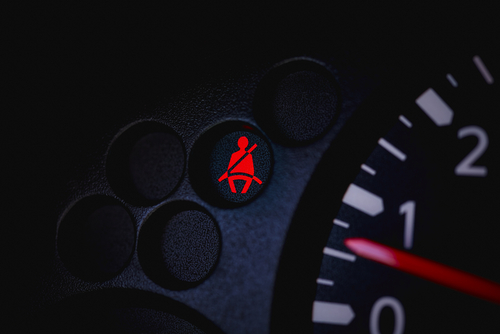
This should be common sense. However, so many people seem to forget that something as simple as a belt across your waist can save your life, so it bears repeating.
Wear. Your. Damn. Seat Belt. While you’re at it, make sure you’re wearing it properly. The waist belt should sit across your hips, and the shoulder belt should cross your chest and sit between your neck and shoulder.
Make sure you and everyone else in the car is buckled in. Anyone too young or too small to wear a seat belt correctly should be in boosters or car seats to keep them safe in an accident.
The Basics
Here are the basics of what you need to do when you’re in a car accident. In most cases, these will always be the same, with some small variation depending on the details of the accident.
Step One: Assess
The first thing you need to do is take a quick assessment of the accident, of yourself and your passengers. Figure out what happened, who might be hurt and whether you need to move out of harm’s way.
Step Two: Contact First Responders
Call 911. Let first responders know there’s been an accident and give them any information you have. This should include the location, the number of vehicles involved and the severity of any injuries you can see.
Step Three: Stay Put
Stay put while you’re waiting for first responders to arrive. The only exception to this is if you need to get away from the vehicle because it’s on fire or you need to move because you’re obstructing traffic. Whatever you do, never leave the scene of an accident. This is a crime.
Step Four: Collect Details
Feel free to skip this step if you find yourself severely injured. Otherwise, you’ll want to collect information and details from the other driver, as well as any witnesses. First responders will also gather this info and include it in the police report, but you may want to have your own copy on hand for reporting to your insurance company.
Step Five: Seek Medical Attention
Even if you’re not visibly injured, you’ll want to seek medical attention. Car accidents often cause soft tissue damage like whiplash. This sort of injury can take days or even weeks to start showing symptoms. See your family doctor as soon as possible. That way, if you do find yourself suffering from whiplash, it’s easier to tie the injury to the accident. The longer you wait, the more difficult that becomes.
Step Six: Contact Your Insurance Company
You will also need to contact your insurance company to let them know you’ve been in an accident. Don’t admit fault — just let them know the details. They will likely request copies of your medical and police report. Let them make their own decisions.
Step Seven: Contact a Lawyer
If you’re injured in an accident, it’s also a good idea to hire a lawyer to oversee your case, even it’s not a major injury. The last thing anyone wants to deal with when they’re recovering from an accident is work with lawyers or insurance companies as the two fight it out. Let an attorney do everything for you.
These are the steps you’ll follow for nearly every car accident you have in your life. You’ll want to be prepared for a few variables, including types of rare accidents that could be a lot more dangerous than standard fender-benders.
Surviving a Car vs. Immovable Object Accident
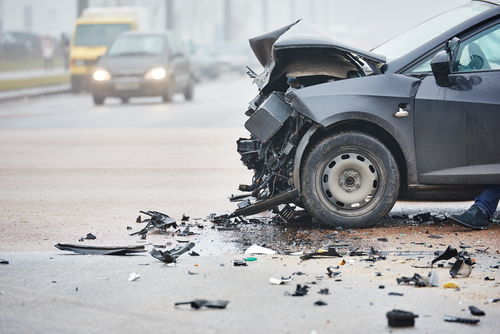
When you pit an unstoppable force like a 2-ton vehicle against an immovable object like a guard rail, tree or bollard in a parking lot, damage is going to ensue. These accidents are a little more dangerous because you’re often by yourself. If you’re not in a populated area, there likely won’t be any bystanders to pull you out of a burning vehicle or call 911 for you.
Wearing your seatbelt at all times increases your chances for survival. If you’re in an accident by yourself, make sure you do everything possible to stay awake. Call 911 as soon as you can and let them know where you are.
Beyond that, there isn’t much you can do to protect yourself other than practicing defensive driving skills to prevent the accident from happening in the first place.
Surviving in a Submerged Vehicle
The idea of being trapped in a sinking car terrifies most drivers. You need to act fast and be ready to swim. First, don’t panic. Your best chance to escape is usually in the first two minutes after you hit the water. Many cars will actually float for this period of time, giving you the chance to get out.
Don’t wait for your car to equalize pressure by filling with water. It looks good in the movies, but you might drown waiting for that door to open. Your best option is rolling down or breaking a window and using that to escape. Don’t bother with the windshield — the tempered safety glass is sandwiched between layers of plastic so it doesn’t break. A single well-placed blow with a window-breaker or screwdriver can shatter a window into a million pieces, providing your best option for escape.
Surviving a Rollover Crash
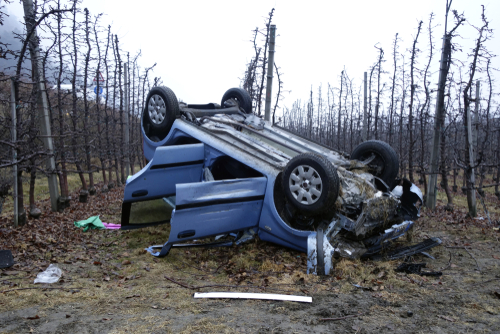
If your car starts to roll, you might be tempted to brace yourself as the world spins around you. Instead, cross your arms across your upper chest, grab your opposite shoulders and ride out the roll. Stay in this position until the car stops moving, and then shut off the engine and see if you can escape from the vehicle.
Call 911 as soon as possible. You may be able to get out of the vehicle on your own, or you may need assistance, depending on the amount of damage. Be careful and protect yourself as much as possible from broken glass and sheared metal.
Surviving a Snowbank Crash
Snow might create a winter wonderland, but it doesn’t take much to send you spinning off the road and into a nearby snowbank. There are two hazards here. You could potentially hit something that’s hidden in the snow, or you could find yourself trapped in the drift in need of rescue. Treat the former like any other car accident. For the latter, you’ll want to stay warm and hunker down until help arrives.
Run your car in short intervals to stay warm and conserve fuel. Make sure you clear any snow away from the tailpipe before you start the engine — if blocked, you could find yourself filling up the cabin with exhaust. It’s also a good idea to have an emergency kit in your vehicle that includes food, water and warm clothes, as well as flares, traction chains and other tools to help you get out of the snow.
Be Careful Out There
There are many ways to crash your car and only a few methods to stay safe while you’re behind the wheel. Focus on developing your defensive driving skills and be ready for anything. If you do end up in an accident, regardless of the circumstances, the most important thing to remember is: Don’t panic. Keep a clear head and you’ll increase your chances of surviving, no matter what the universe decides to throw at you.


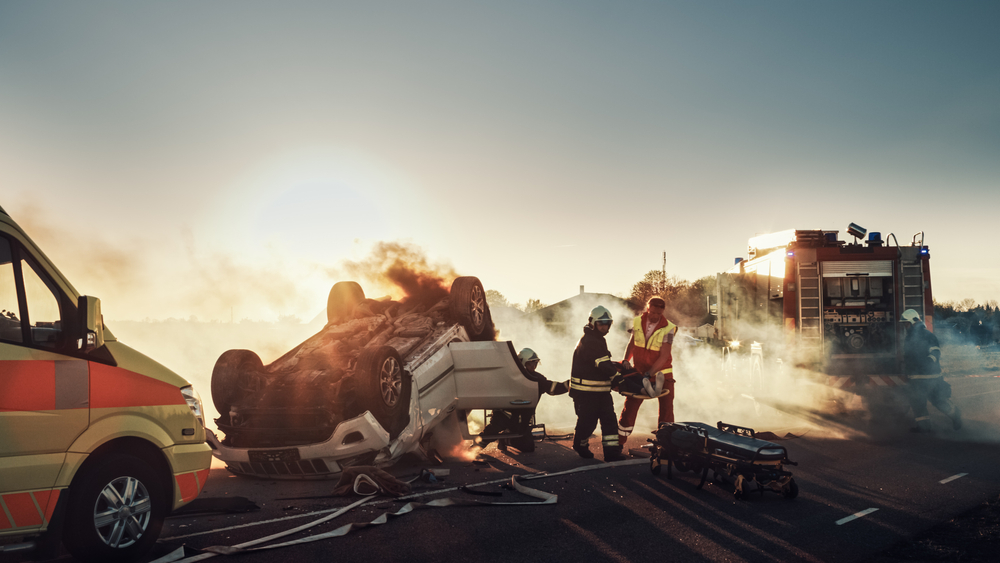

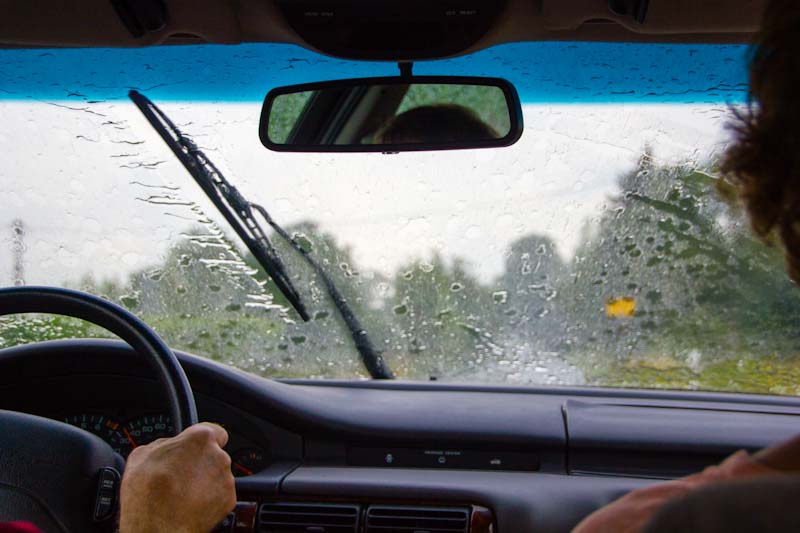
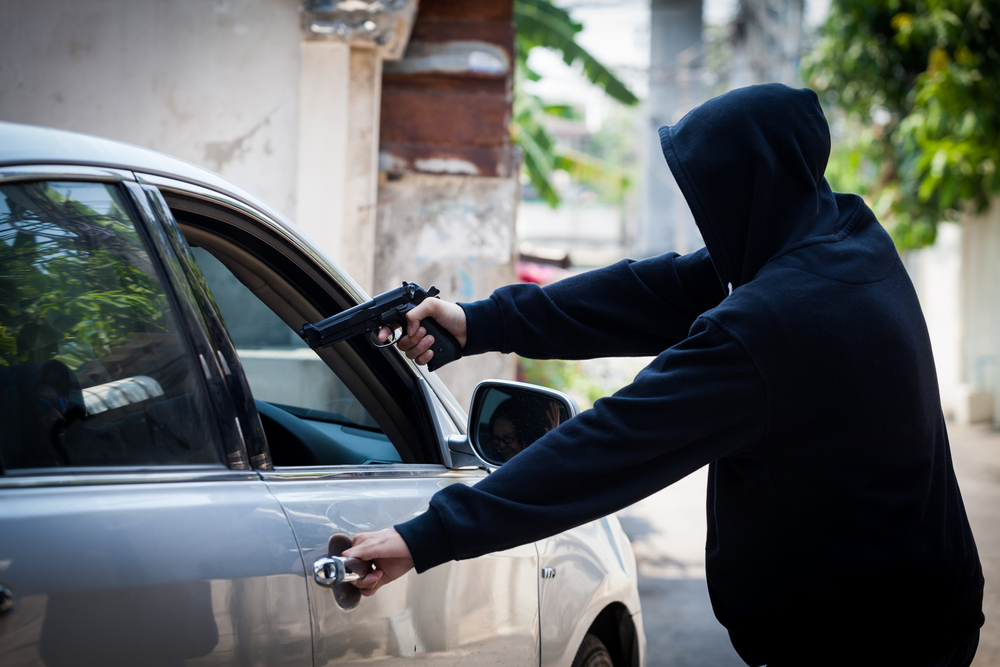
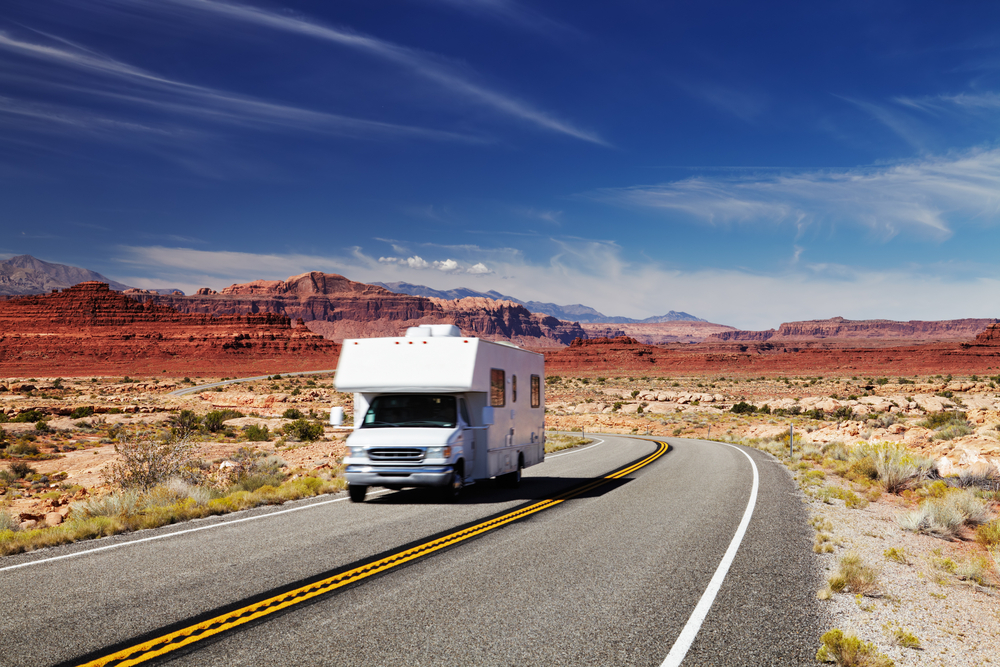
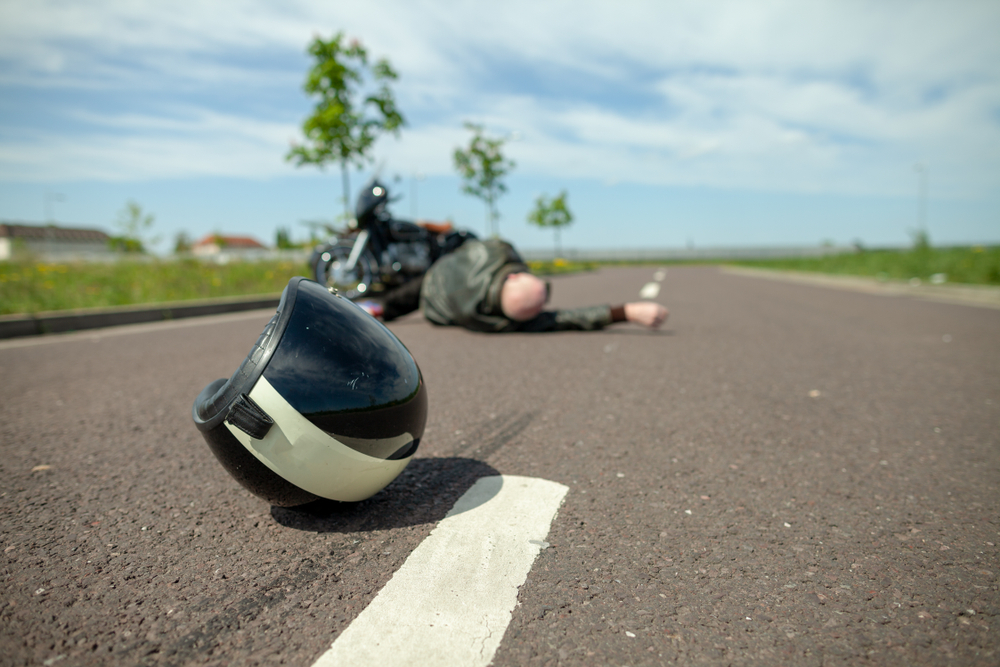


Bob L. | November 27, 2020
|
A lot of people today think air bags take the place of seatbelts. WRONG!!! An air bag can be deadly since it explodes rather than gradually inflates and being thrown forward in a crash sets up as violent and hard a collision as would have been with an old-fashioned padded steering wheel without wearing a seatbelt. People have been killed by airbags while wearing a seat belt just because they were short an had to move the seat all the way forward to dive.